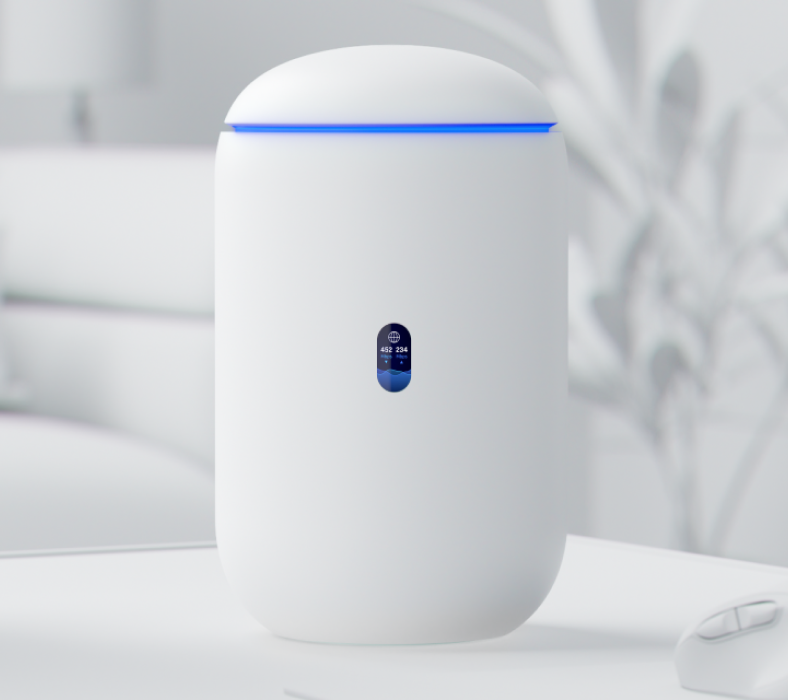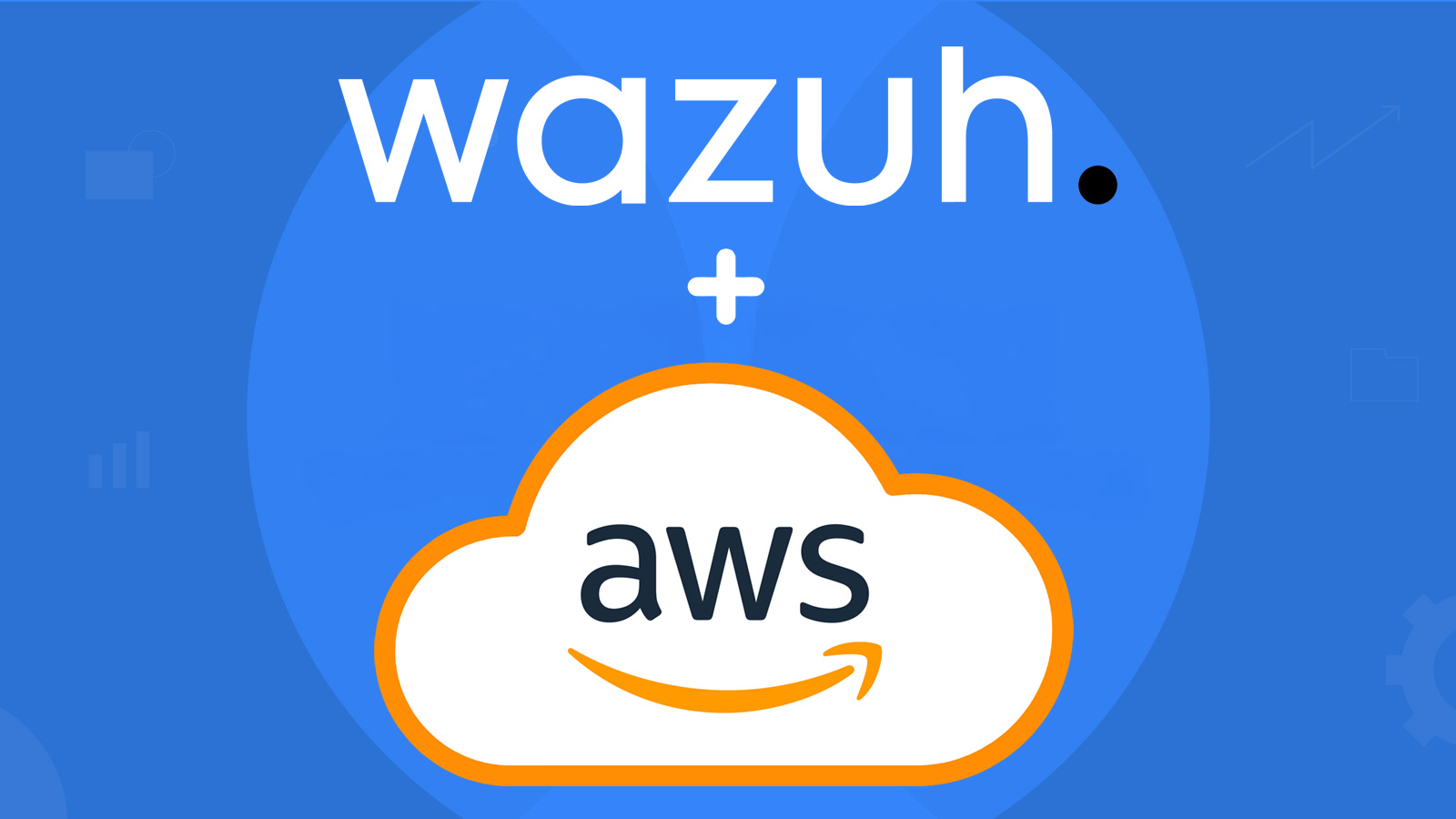
Ransomware, a malicious software designed to block access to a computer system until a sum of money is paid, has become an increasingly prevalent and dangerous threat in the digital age. As we move further into 2023, the statistics and trends surrounding ransomware attacks are alarming.
Increasing Ransomware Attacks
There’s no sugarcoating the current state of ransomware. The numbers for 2022 and 2023 are grim. Attacks have surged as cybercriminals employ data infiltrations and the looming threat of data leaks to amplify pressure on organizations to pay ransoms. Even if an entity can restore its data from backups, there’s the ever-present danger of leaked data appearing on databases run by malicious actors. According to the Data Breach Investigation Report by Verizon, there was a staggering 13% rise in ransomware attacks year-over-year from 2021. This increase surpasses the cumulative growth of the previous five years. Statista estimates that approximately 70% of businesses will fall victim to at least one ransomware attack in 2022. This trend has been on an upward trajectory over the past five years, marking the highest annual rate ever recorded.
Ransomware Attacks by Industry
Different sectors have been targeted with varying intensity:
- Education, Government, and Healthcare: These three sectors have been hit the hardest in 2022. For instance, Blackfog indicates that these industries are the top three most affected by ransomware attacks.
- Small Businesses: They are particularly susceptible. In 2022, Verizon documented 832 ransomware-induced data breach incidents targeting small businesses. Out of these, 130 confirmed data loss, with a whopping 80% of these breaches resulting from ransomware attacks.
- Healthcare: The sector has seen a significant financial impact from ransomware attacks. For over a decade, healthcare has consistently had the highest average cost for any industry, with the cost per incident averaging $10.1 million.
- Education: This sector accounted for 30% of the data breaches in 2022, with a significant uptick in ransomware attacks leading to 1,241 data breach incidents.
- Government: External and internal actors have targeted government agencies, with geopolitical tensions, such as the conflict between Russia and Ukraine, potentially exacerbating the situation.
Evolution of Ransomware as a Service (RaaS)
The landscape of cybercrime is evolving, with criminal gangs now outsourcing many of their operations. RaaS platforms have emerged, allowing cybercriminals to launch more attacks without developing their tools. This model has led to an increase in the volume and sophistication of attacks. Notably, Microsoft identified DEV-0193, also known as Trickbot LLC, as the most active ransomware organization.
Best Practices to Defend Against Ransomware Attacks
Ransomware attacks can be devastating, but with the right precautions, you can significantly reduce the risk of becoming a victim. Here are some best practices to fortify your defenses:
- Regular Backups: Always maintain up-to-date backups of your critical data. Store these backups in multiple locations, including offline storage, to ensure they are not accessible to ransomware.
- Educate and Train Employees: Often, the weakest link in security is human error. Regularly train your staff to recognize phishing emails and malicious attachments.
- Keep Software Updated: Ensure that all your software, especially your operating system and antivirus, is updated regularly. Cybercriminals often exploit known vulnerabilities in outdated software.
- Implement Multi-Factor Authentication (MFA): MFA adds an additional layer of security by requiring two or more verification methods. This makes it harder for attackers to gain access to your data.
- Limit User Privileges: Not every employee needs access to all files. Limit user privileges based on job requirements and use the principle of least privilege.
- Network Segmentation: Divide your network into segments to ensure that if one section is compromised, it doesn’t necessarily compromise the others.
- Deploy Advanced Threat Protection: Use advanced solutions that can detect and block ransomware attacks in real-time.
- Regularly Monitor and Audit: Regularly monitor and audit your network for any suspicious activities. Early detection can prevent a full-blown attack.
Don’t wait for a ransomware attack to cripple your operations or compromise your sensitive data. Act now! Reach out to our team of cybersecurity experts who can guide you through setting up robust defenses tailored to your needs. Remember, in the digital age, it’s not just about preventing unauthorized access; it’s about ensuring continuity and trust. As the digital landscape continues to evolve, so do the threats. It’s imperative for individuals and organizations to stay informed, vigilant, and proactive in their defense strategies. Contact us today and fortify your defenses against the growing nightmare of ransomware.

Ransomware, a malicious software designed to block access to a computer system until a sum of money is paid, has become an increasingly prevalent and dangerous threat in the digital age. As we move further into 2023, the statistics and trends surrounding ransomware attacks are alarming.
Increasing Ransomware Attacks
There’s no sugarcoating the current state of ransomware. The numbers for 2022 and 2023 are grim. Attacks have surged as cybercriminals employ data infiltrations and the looming threat of data leaks to amplify pressure on organizations to pay ransoms. Even if an entity can restore its data from backups, there’s the ever-present danger of leaked data appearing on databases run by malicious actors. According to the Data Breach Investigation Report by Verizon, there was a staggering 13% rise in ransomware attacks year-over-year from 2021. This increase surpasses the cumulative growth of the previous five years. Statista estimates that approximately 70% of businesses will fall victim to at least one ransomware attack in 2022. This trend has been on an upward trajectory over the past five years, marking the highest annual rate ever recorded.
Ransomware Attacks by Industry
Different sectors have been targeted with varying intensity:
- Education, Government, and Healthcare: These three sectors have been hit the hardest in 2022. For instance, Blackfog indicates that these industries are the top three most affected by ransomware attacks.
- Small Businesses: They are particularly susceptible. In 2022, Verizon documented 832 ransomware-induced data breach incidents targeting small businesses. Out of these, 130 confirmed data loss, with a whopping 80% of these breaches resulting from ransomware attacks.
- Healthcare: The sector has seen a significant financial impact from ransomware attacks. For over a decade, healthcare has consistently had the highest average cost for any industry, with the cost per incident averaging $10.1 million.
- Education: This sector accounted for 30% of the data breaches in 2022, with a significant uptick in ransomware attacks leading to 1,241 data breach incidents.
- Government: External and internal actors have targeted government agencies, with geopolitical tensions, such as the conflict between Russia and Ukraine, potentially exacerbating the situation.
Evolution of Ransomware as a Service (RaaS)
The landscape of cybercrime is evolving, with criminal gangs now outsourcing many of their operations. RaaS platforms have emerged, allowing cybercriminals to launch more attacks without developing their tools. This model has led to an increase in the volume and sophistication of attacks. Notably, Microsoft identified DEV-0193, also known as Trickbot LLC, as the most active ransomware organization.
Best Practices to Defend Against Ransomware Attacks
Ransomware attacks can be devastating, but with the right precautions, you can significantly reduce the risk of becoming a victim. Here are some best practices to fortify your defenses:
- Regular Backups: Always maintain up-to-date backups of your critical data. Store these backups in multiple locations, including offline storage, to ensure they are not accessible to ransomware.
- Educate and Train Employees: Often, the weakest link in security is human error. Regularly train your staff to recognize phishing emails and malicious attachments.
- Keep Software Updated: Ensure that all your software, especially your operating system and antivirus, is updated regularly. Cybercriminals often exploit known vulnerabilities in outdated software.
- Implement Multi-Factor Authentication (MFA): MFA adds an additional layer of security by requiring two or more verification methods. This makes it harder for attackers to gain access to your data.
- Limit User Privileges: Not every employee needs access to all files. Limit user privileges based on job requirements and use the principle of least privilege.
- Network Segmentation: Divide your network into segments to ensure that if one section is compromised, it doesn’t necessarily compromise the others.
- Deploy Advanced Threat Protection: Use advanced solutions that can detect and block ransomware attacks in real-time.
- Regularly Monitor and Audit: Regularly monitor and audit your network for any suspicious activities. Early detection can prevent a full-blown attack.
Don’t wait for a ransomware attack to cripple your operations or compromise your sensitive data. Act now! Reach out to our team of cybersecurity experts who can guide you through setting up robust defenses tailored to your needs. Remember, in the digital age, it’s not just about preventing unauthorized access; it’s about ensuring continuity and trust. As the digital landscape continues to evolve, so do the threats. It’s imperative for individuals and organizations to stay informed, vigilant, and proactive in their defense strategies. Contact us today and fortify your defenses against the growing nightmare of ransomware.







